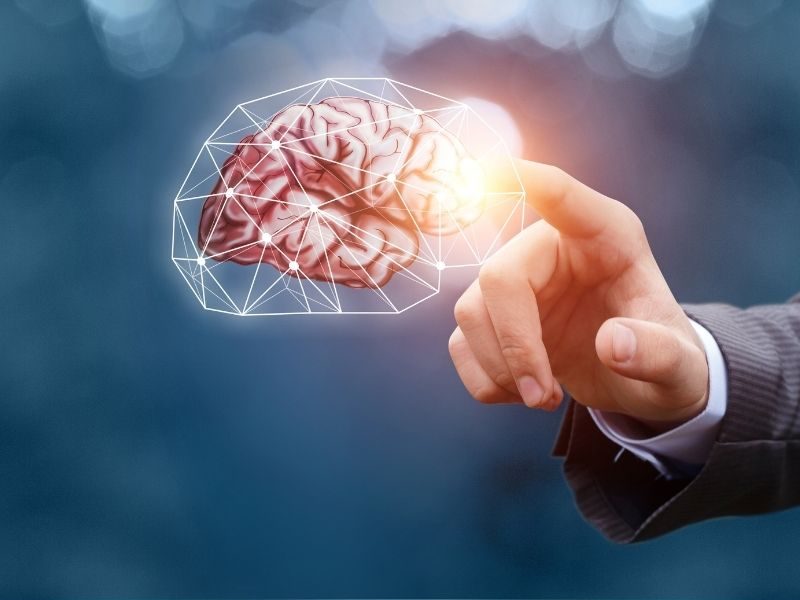There was a time when the article, “Both lack of sleep and excessive sleep induce dementia.” This is after long-term observation of middle-aged and elderly groups who continue to lack sleep or have excessive sleep resulted in an increase in the incidence of dementia compared to the general group (7-hour sleep).
The core of scientific research is the verification of ‘causality’ between the two phenomena. For the above results to be scientific, it is necessary to find out whether the amount of sleep determines the occurrence of dementia or whether the two phenomena have been observed together by accident. In other words, scientific research is to find out whether the ship fell accidentally when the crow flew, or whether the ship actually fell due to the impact of the crow flying with branches.
In the course of scientific inquiry, researchers approach the truth through the interaction between induction methods that derive general principles from data obtained from experiments and observations and deductive methods that derive new principles by developing logic from proven principles. The reliability of the conclusions made by induction depends on the perfection of the observation. However, most scientific experiments lack the amount of data observed. Based on poor data, we make the most plausible (low probability of being wrong) conclusions and test them with new experiments to see if the hypothesis is correct. In philosophy, this is called abstraction. This is not only a universal scientific research method, but also a method by which doctors diagnose diseases or judges make judgments. This is why misdiagnosis and misjudgment are sometimes inevitable.
Conversion is especially widely used in life science research. This is because the proven principles are far from sufficient due to the nature of the field, and observation cannot be made indefinitely. Statistical analysis methods play an essential role in reaching conclusions from limited data. In other words, the right or wrong of the conclusion is only judged by statistical calculations. In general, a conclusion with a 1% or less probability of being wrong is accepted as right for now. Therefore, it is dangerous to think that this conclusion is a firm truth. It should not be forgotten that the results may vary when the observation is performed from more, wider, and various angles.
You have to judge through extensive experiments and observations
Another difficulty in human-related research is the difficulty of conducting hypothesis verification experiments in humans. At this time, the experimental animal model is mobilized. The conclusion is drawn based on the results of the experiment conducted by setting the experimental animal in a state similar to that of a human. It inevitably has a limit to the difference between the human body and the model animal, but it is the best possible observation. In the last article, the conclusion that “continuous low sleep time can increase the risk of dementia” is supported by various human and animal experiments. On the other hand, studies on the causal relationship between excessive sleep and dementia are not yet sufficient.
No intentional manipulation of data
The universalization of scientific thinking is an important factor in advanced society. Discourse disguised as science often confuses society. Despite the analysis that the average value of electromagnetic waves near the THAAD (High Altitude Area Defense) base was one-thousandth of the harmful standard, the danger was exaggerated and nearby residents were terrified. Rumors that “Koreans easily get mad cow disease and have holes in their brains” have frightened the entire nation, which is based on reports that mad cow disease is found in U.S. cattle and that the risk of Croitsfeld Jacob disease (brain tissue destruction, unrelated to mad cow disease) is common.
The biggest taboo in science is intentional data manipulation. However, in the scientific community, errors, whether intentional or real, are usually corrected by the unique self-purification function. This is because in order for the paper to be published, it must pass the screening of fellow scientists. Errors that could not be filtered out during the screening process may be revealed during the verification process of scientists after the paper is published. For example, 17 years ago, due to the authenticity of embryonic stem cell research data, the entire society suffered measles beyond the scientific community.
It is also the basic teaching of Buddhism that there is nothing in the world that arises without relying on causal relationships. We look forward to a mature society where scientific thinking becomes common sense. It is a world in which the attitude of blindly blaming the crow for the ship’s fall is no longer accepted.
